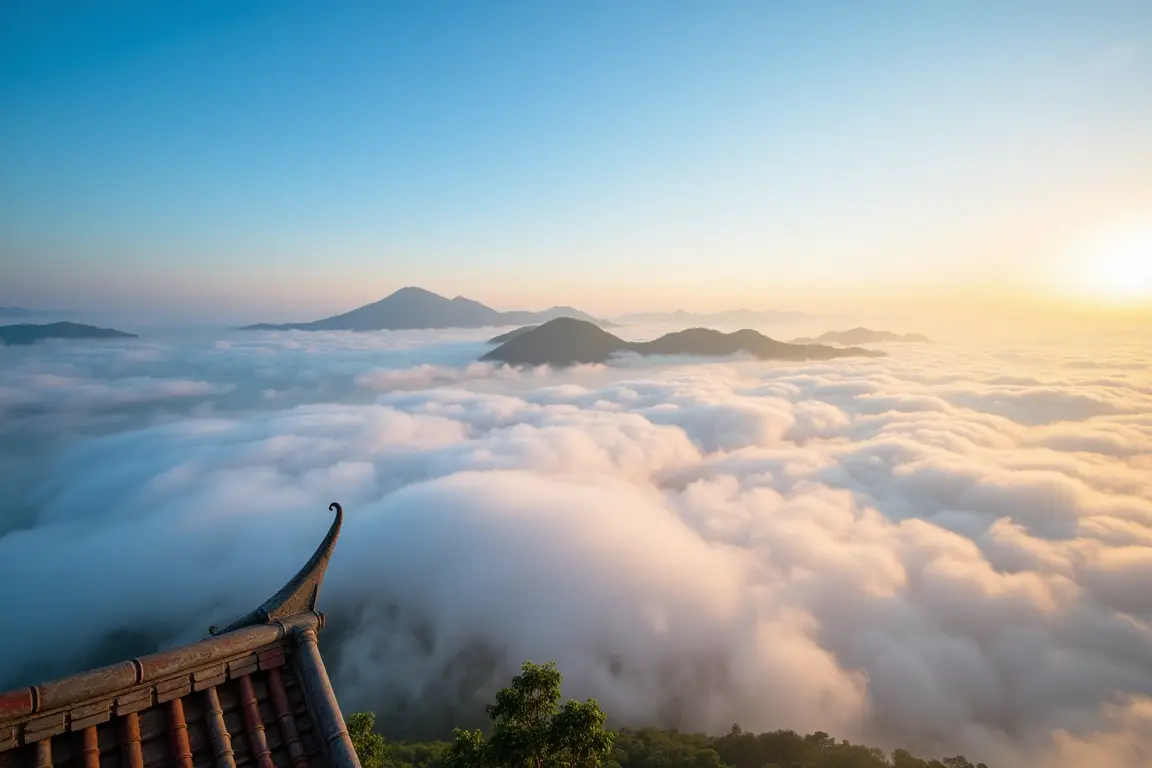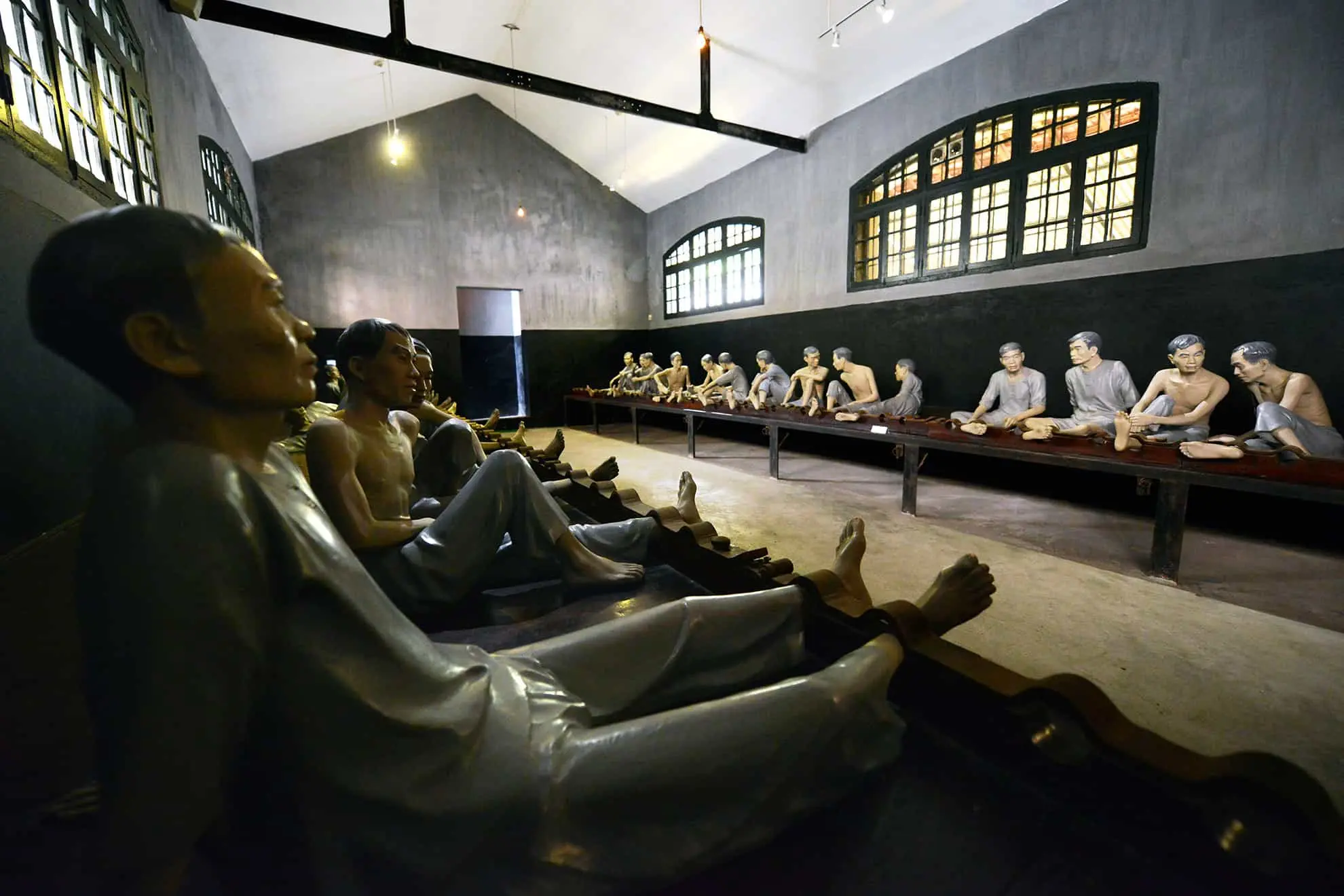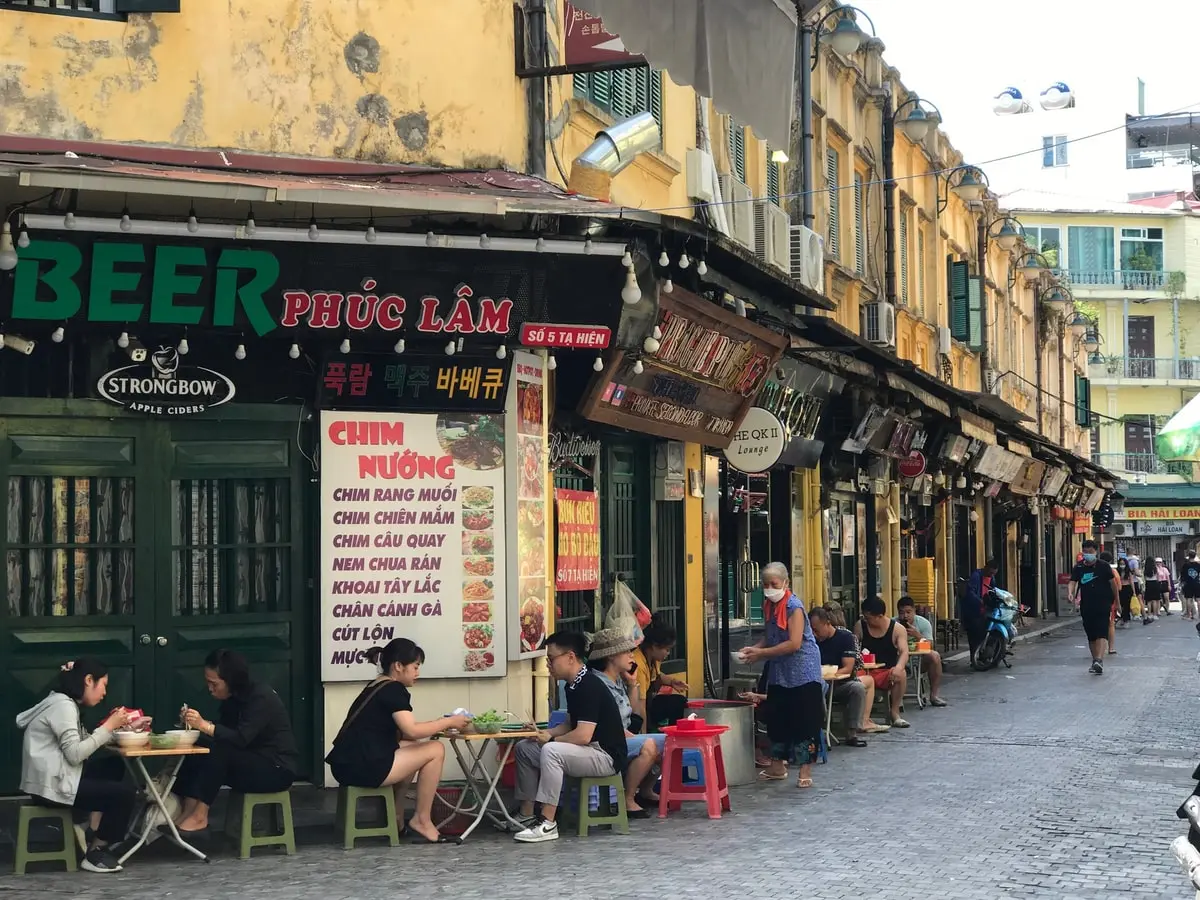Welcome to Da Lat Vietnam, a unique destination nestled in the Central Highlands. Unlike the typical hot and humid conditions found in much of Southeast Asia, this city offers a refreshing escape. EssentialVietNamtravel.com is here to guide you through this captivating location. Known affectionately as the ‘City of Eternal Spring’ for its pleasant, temperate highland climate year-round, Da Lat sits at an elevation of approximately 1500m above sea level. This altitude contributes significantly to its cooler temperatures and distinct atmosphere, making it a popular destination for both domestic and international visitors seeking respite from the heat of lower regions like coastal cities.
Da Lat is the capital of Lam Dong Province and holds a special place in Vietnam’s history and tourism landscape. Its development was heavily influenced by the French during the French Indochina period, who sought a cool retreat reminiscent of European alpine towns. This legacy is evident today in the city’s unique architecture, featuring charming French villas and colonial-era buildings scattered amidst rolling hills and pine forests. Beyond its climate and history, Da Lat is a hub for agriculture, particularly flower cultivation and coffee production.
It serves as a crucial tourist destination, offering natural beauty, adventure activities, and a relaxed pace of life. This guide provides practical information to help you plan your trip and make the most of your time in this highland retreat. Whether you are seeking information, planning travel, looking for accommodation, or booking activities, EssentialVietNamtravel has you covered.
Da Lat Vietnam: Discover the Highland Retreat Known as the City of Eternal Spring
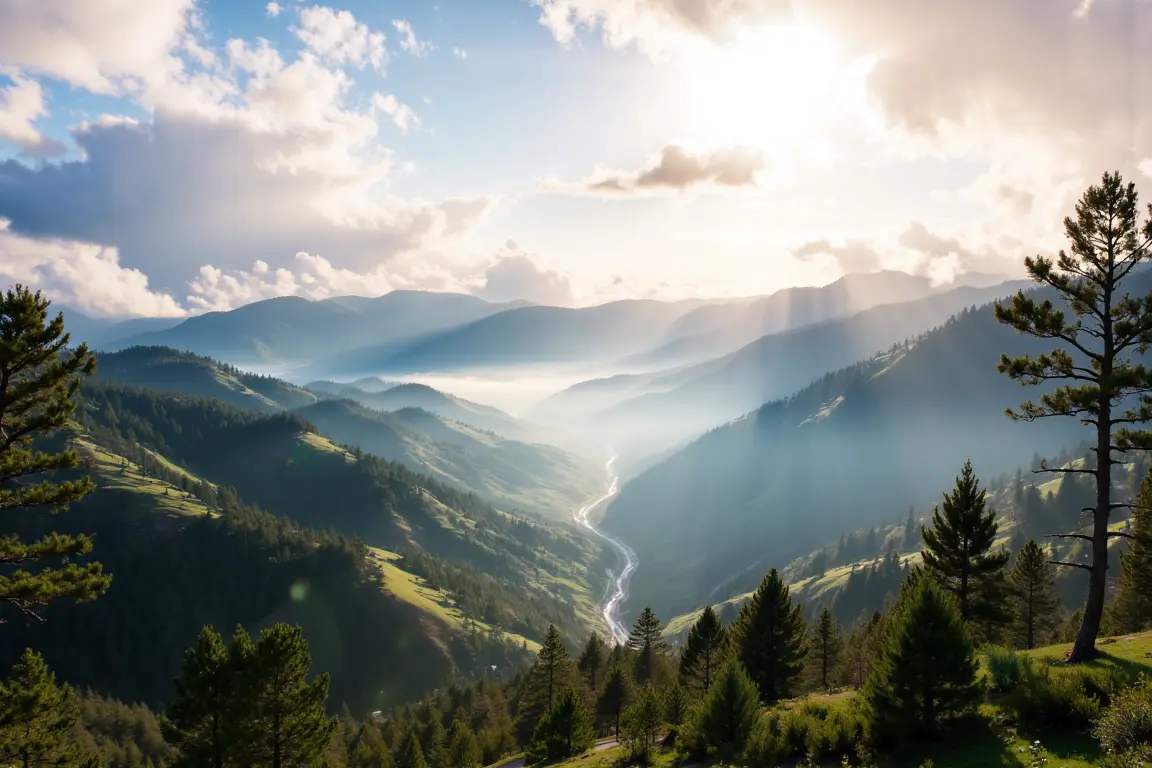
Da Lat Vietnam stands apart from other Vietnamese destinations. Its location within the Lam Dong Province, high in the Central Highlands region of Vietnam, dictates much of its character. This highland location is the primary reason for its renowned cool climate. While coastal cities sizzle and tropical lowlands experience high humidity, Da Lat enjoys year-round cool weather, often compared to a perpetual spring. This temperate highland climate is a significant draw, offering a comfortable environment for exploration and relaxation. The city’s elevation, around 1500m, reinforces these conditions. Forget the intense heat of an industrial hub or the dryness of a desert region; Da Lat provides a breath of fresh air, literally.
The nickname ‘City of Eternal Spring’ is well-earned. Temperatures typically hover in a pleasant range, rarely becoming uncomfortably hot or cold. This makes sightseeing and outdoor activities enjoyable throughout the year. The French colonists recognized this potential early on, establishing Da Lat as a premier highland retreat during the era of French Indochina. They sought refuge from the heat of Saigon (now Ho Chi Minh City) and other low-lying areas. The natural beauty, characterized by rolling hills, pine forests, lakes, and waterfalls, further cemented its status as a desirable getaway.
Today, it remains a top tourist destination, popular for Vietnamese tourism and attracting visitors from across Asia and the globe. It’s more than just a city; it’s an experience defined by its unique geography and climate, a true mountain town escape located in Vietnam. EssentialVietNamtravel finds this contrast a key part of its appeal. Da Lat truly is-a City known for its cooler climate and natural beauty, part-of Lam Dong and located-in Vietnam.
Exploring Top Attractions in Da Lat City: From Xuan Huong Lake to Unique Architecture
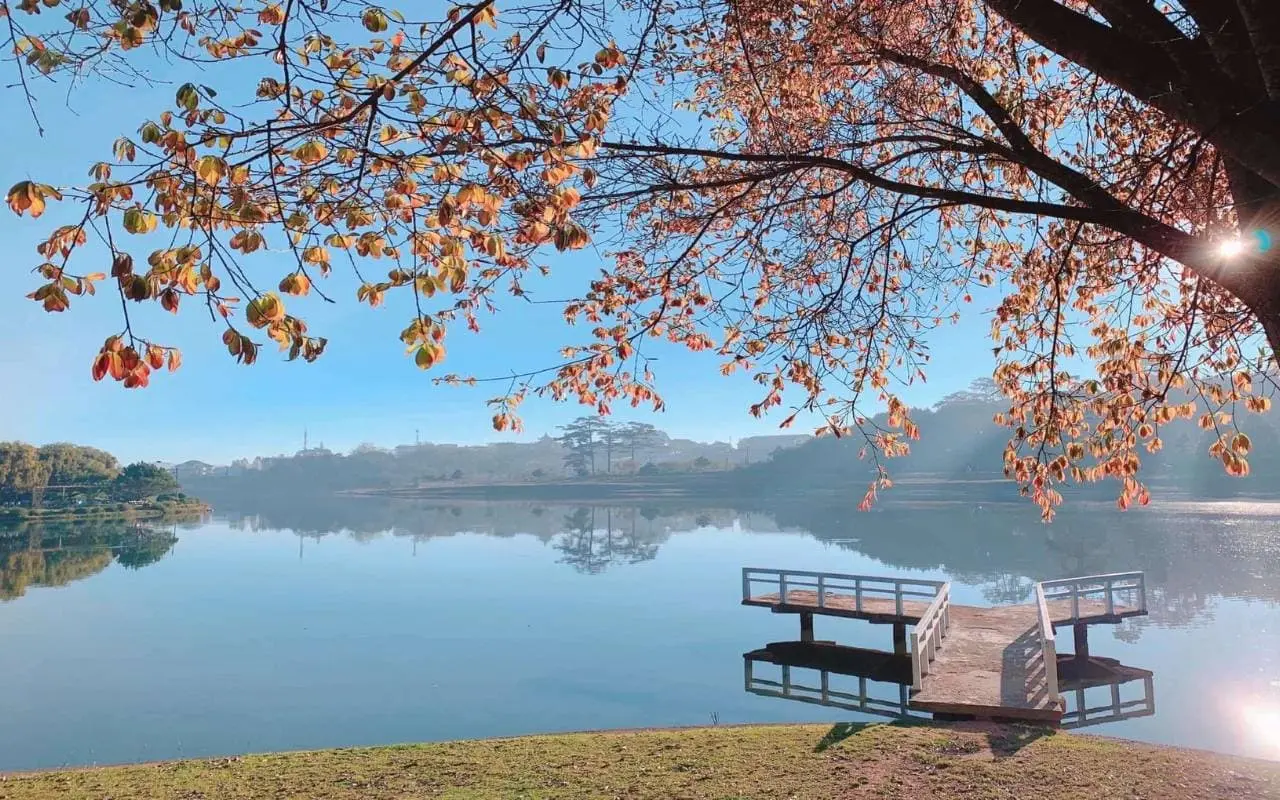
Da Lat City offers a diverse range of attractions catering to various interests. Its landscape blends natural wonders with distinctive man-made structures, providing ample opportunities for sightseeing and exploration. The heart of the city revolves around Xuan Huong Lake, a picturesque body of water perfect for leisurely strolls or relaxing by the banks. From there, attractions spread outwards, encompassing everything from quirky modern architecture to towering mountains and cascading waterfalls. The French architectural style is prominent, visible in government buildings, churches, hotels, and numerous villas, lending the city a European feel unique in Southeast Asia. EssentialVietNamtravel recommends dedicating several days to fully appreciate the variety.
Planning what to see requires understanding the layout and options. Key landmarks like Lang Biang Mountain offer panoramic views, while Datanla Waterfall provides adventure activities. Man-made wonders such as the Crazy House and Bao Dai Summer Palace offer glimpses into creative design and historical significance. Flower Gardens showcase the city’s main agricultural product in vibrant displays. Getting around can involve walking (especially downtown), taxis, ride-sharing apps, or renting a motorbike for more flexibility.
Each attraction offers a different facet of Da Lat’s charm, contributing to its reputation as a multi-faceted tourist destination. Consider grouping visits geographically to save time. For instance, explore central attractions like Xuan Huong Lake and the nearby market one day, and venture further out to waterfalls or mountains on subsequent days. This approach ensures a logical flow to your Da Lat travel experience.
Wander Around the Serene Xuan Huong Lake
Xuan Huong Lake is undeniably the centerpiece of Da Lat City. This man-made lake, shaped like a crescent moon, serves as a focal point for locals and tourists alike. Its creation involved damming a stream that flowed through the area, resulting in the tranquil body of water seen today. Taking a walk or cycling around the perimeter path, approximately 5 kilometers long, is a classic Da Lat experience recommended by EssentialVietNamtravel. The path is relatively flat and offers changing perspectives of the lake and the surrounding city architecture, including the iconic Thuy Ta pavilion.
Activities on and around Xuan Huong Lake are plentiful. You can rent swan-shaped pedal boats for a leisurely cruise on the water, offering a fun and relaxing way to see the city from a different angle. Several cafes and restaurants line the lakefront, providing pleasant spots to sit, enjoy a Vietnamese coffee, and watch the world go by. The Da Lat Flower Gardens are located near the northern end of the lake, making it easy to combine a visit. Early mornings and late afternoons are particularly beautiful times to be here, as the light reflects softly on the water and the air is crisp. Its status as a key landmark is undisputed, and no visit to Da Lat Vietnam feels complete without spending time appreciating the calm beauty of Xuan Huong Lake. It embodies the peaceful atmosphere of this highland location.
Experience the Quirky Charm of Crazy House
Hang Nga Guesthouse, universally known as Crazy House, is one of Da Lat’s most famous attractions and a testament to unconventional design. Designed by Vietnamese architect Dang Viet Nga, who studied in Moscow, this building defies architectural norms. It resembles a giant, fantastical tree, with sculpted elements evoking natural forms like mushrooms, caves, spiderwebs, and animals integrated into its structure. Construction began in 1990, and the building continues to evolve, reflecting the architect’s ongoing creative vision. EssentialVietNamtravel advises visitors to approach with an open mind, ready to embrace the unexpected.
Exploring Crazy House involves navigating a maze of winding staircases, narrow passages, and uniquely themed guest rooms (which can actually be booked for overnight stays). Each room has a distinct theme, often animal-related, such as the tiger room, eagle room, or ant room. The design philosophy emphasizes harmony with nature, despite its surreal appearance.
Visitors can climb across bridges connecting different parts of the structure, offering unique viewpoints of the surrounding Da Lat City landscape. It’s important to watch your step, as some pathways are uneven or narrow. This unique architecture makes it a must-see, offering countless photo opportunities and a truly memorable experience. It stands as a famous attraction, showcasing a side of Da Lat far removed from its French colonial roots, highlighting modern Vietnamese creativity. Allow at least an hour to wander through its imaginative spaces.
Admire Panoramic Views from Lang Biang Mountain
For breathtaking views of Da Lat and the surrounding Central Highlands Vietnam landscape, a trip to Lang Biang Mountain is essential. Located just outside the city center, Lang Biang consists of several peaks, with the two most prominent often associated with a local K’Ho ethnic minority legend of doomed lovers. Reaching the main viewpoint typically involves taking a shared jeep ride from the base area up a steep, paved road. This jeep service is regulated and readily available, making the ascent accessible even without your own transport. EssentialVietNamtravel suggests this option for ease and efficiency.
Once at the Radar Station peak viewpoint (one of the accessible peaks), visitors are rewarded with expansive vistas. You can see Da Lat City nestled in the valley, surrounded by rolling hills carpeted with pine forests and agricultural plots growing vegetables and flowers. The elevation here provides a cooler, often misty atmosphere.
There are viewing platforms, souvenir shops, cafes, and even opportunities for photos with costumed horses. For the more adventurous, hiking trails exist on the mountain, although these require more preparation and time. Lang Biang Mountain is not just a viewpoint; it’s a key landmark representing the highland geography of the Lam Dong region. The panoramic scenery perfectly captures the natural beauty that defines Da Lat Vietnam, making the journey up well worth the effort. Remember to bring a jacket, as it can be significantly cooler and windier at the summit.
Discover Majestic Waterfalls like Datanla
Da Lat’s mountainous terrain creates numerous stunning waterfalls, and Datanla Waterfall is one of the most accessible and popular options for visitors. Located a few kilometers south of Da Lat City, Datanla offers a combination of natural scenery and adventure activities. The waterfall itself cascades down multiple tiers through lush forest. Getting down to the main waterfall area can be done by walking down a series of steps or, more excitingly, by riding a small alpine coaster system that winds through the trees. EssentialVietNamtravel recommends the coaster for at least one direction, as it adds an element of fun to the visit.
Beyond simply viewing the falls, Datanla is a known canyoning destination. Several tour operators based in Da Lat Vietnam offer guided canyoning trips here, involving rappelling down rock faces alongside the rushing water, swimming, and natural water slides. This adventure tourism activity provides a thrilling way to experience the natural environment. Even if you don’t opt for canyoning, exploring the lower levels of the falls reveals more pools and cascades.
There are walkways and bridges allowing visitors to get close to the water. Datanla Waterfall serves as a key landmark showcasing the powerful natural forces that shape the Central Highlands landscape. It’s a great example of how Da Lat blends accessible nature with opportunities for popular activities like sightseeing and adventure. Remember sturdy footwear if you plan on walking the trails.
Planning Your Da Lat Travel: Best Times to Visit and Reaching Lam Dong Province
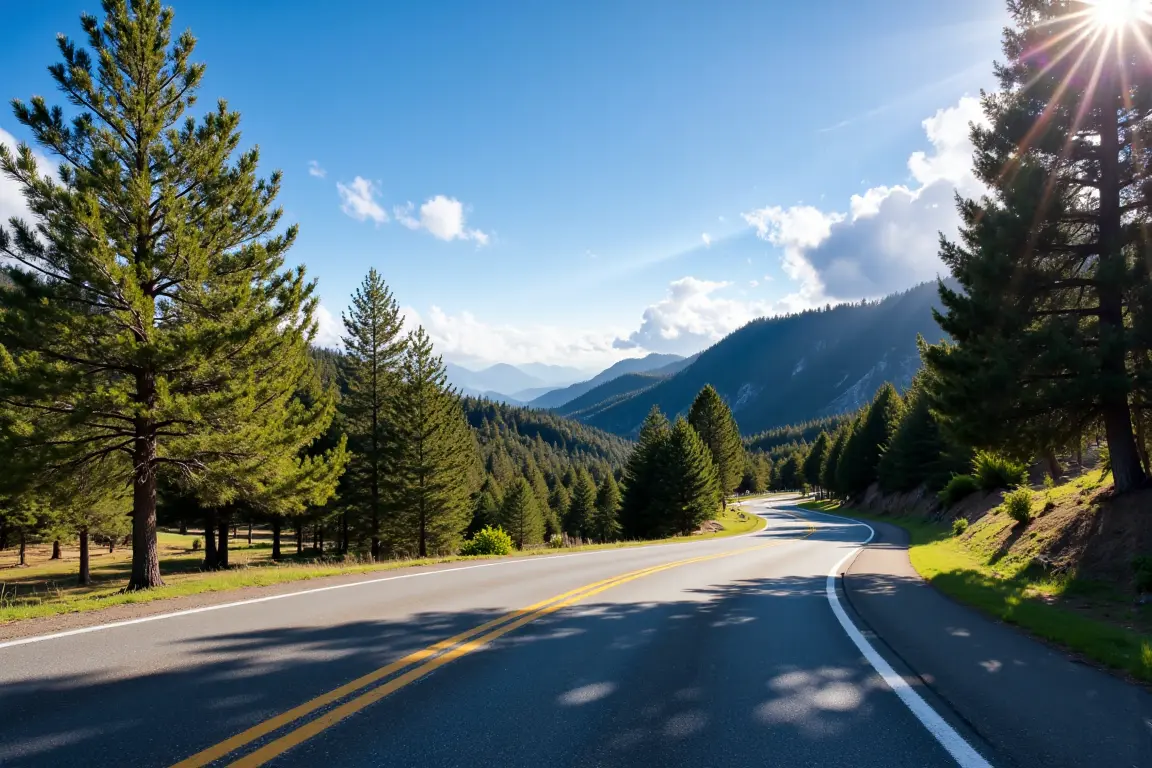
Effective travel planning is key to enjoying your trip to Da Lat Vietnam. Determining the best time visit da lat vietnam depends on your preferences. The city enjoys a cooler climate year-round compared to lowland Vietnam, but it does have distinct dry and rainy seasons. The dry season generally runs from November to March. This period offers pleasant temperatures, blue skies, and lower rainfall, making it ideal for sightseeing and outdoor activities. December and January can be the coolest months. The rainy season typically lasts from April to October, with afternoons often seeing heavy but short-lived downpours. While rain can disrupt plans, the landscape is incredibly lush and green during this time, and waterfalls are at their most powerful. Flower season, particularly around December to February for blossoms like cherry Ppeach), is also a popular draw.
Reaching Da Lat, located in Lam Dong Province within the Central Highlands, requires some logistical planning. The most convenient way is often flying into Lien Khuong Airport (DLI), the main transportation hub serving the region. Lien Khuong Airport is located about 30 kilometers south of Da Lat City. Several daily flights connect Da Lat with major Vietnamese cities like Ho Chi Minh City, Hanoi, and Da Nang. From the airport, you can take a shuttle bus or taxi to reach the city center; the journey takes around 40-60 minutes.
Alternatively, traveling overland is a common option, especially for those undertaking Vietnam travel itineraries. Buses run frequently between Da Lat and other major southern cities, including Ho Chi Minh City to Da Lat Vietnam (approx. 6-8 hours), Nha Trang (approx. 4 hours), and Mui Ne (approx. 4 hours). EssentialVietNamtravel advises booking flights or bus tickets in advance, especially during peak seasons or holidays, to secure your preferred travel times. Consider the travel time involved when deciding between flying and taking a bus.
Planning Your Trip to Da Lat?
Find the cheapest flights and bus tickets from Ho Chi Minh City, Hanoi, Da Nang, and more. Compare prices in one place to save time and money!
Experience Da Lat’s Unique Culture: A Flower City Shaped by History

Da Lat’s culture is a fascinating blend of indigenous traditions, Vietnamese customs, and significant French colonial influence. Its history as a mountain retreat established during the French Indochina era has left an indelible mark. This is most visible in the French architecture – the charming French villas, the distinctive railway station designed by French architects, and the Pasteur Institute are prime examples. The city layout itself, with its focus around Xuan Huong Lake and winding hillside roads, echoes European town planning. This historical significance contributes to Da Lat’s unique atmosphere, often earning it the nickname ‘Le Petit Paris’.
Beyond the French colonial history, Da Lat possesses a distinct local culture deeply connected to its highland environment and agricultural economy. It is famously known as the Flower City of Vietnam. Flower cultivation is a major industry, thanks to the favorable climate. Vast greenhouses and fields produce roses, hydrangeas, lilies, orchids, and many other varieties, supplying markets across the country. Visiting the Da Lat Flower Gardens or local farms offers insight into this vital aspect of the local economy and culture.
Agriculture extends beyond flowers to include temperate vegetables, strawberries (strawberry farms are popular attractions), and artichokes – Da Lat is known for its artichoke tea production. Coffee is another famous product, with numerous plantations in the surrounding region and a vibrant cafe culture within the city. EssentialVietNamtravel encourages visitors to explore local markets, sample regional specialties, and perhaps take a da lat vietnam coffee tour to fully appreciate the rich culture and the fruits of its highland agriculture.
Finding Your Ideal Stay in Da Lat Vietnam: Accommodation Options for Every Traveler
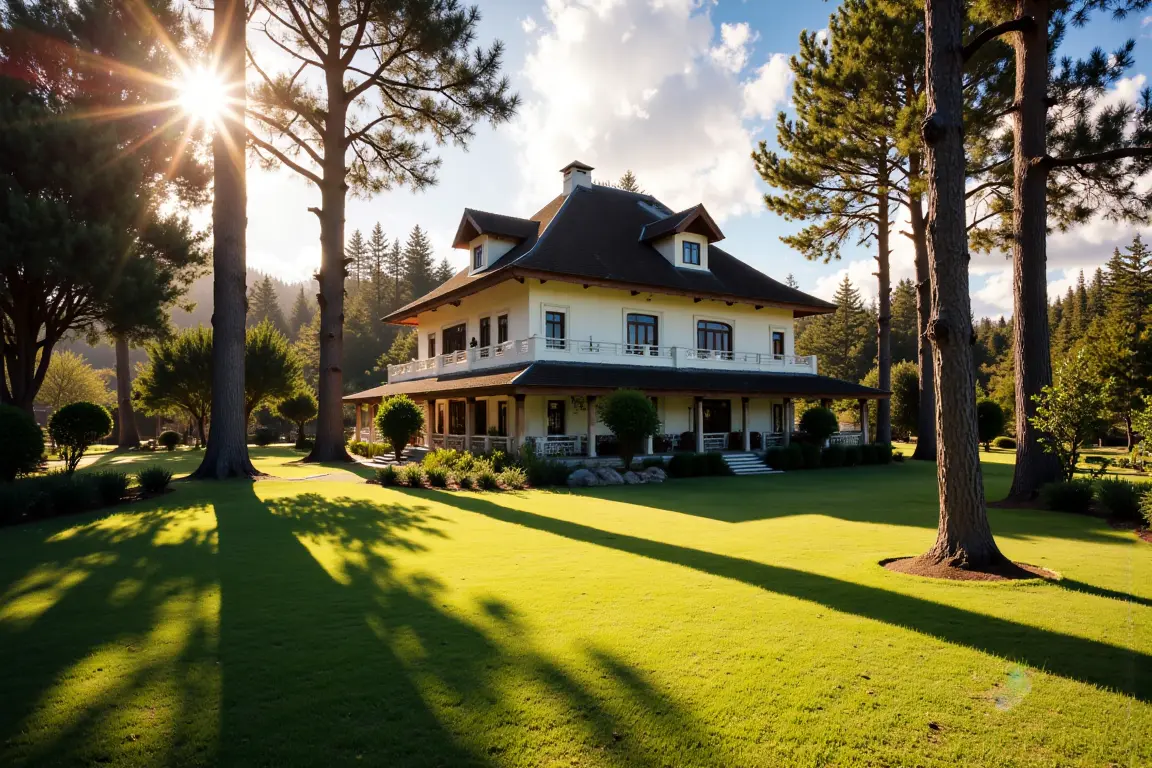
Choosing the right accommodation is crucial for a comfortable stay in Da Lat Vietnam. The city offers a wide spectrum of options, catering to different budgets and preferences, from backpacker hostels to luxury resorts and charming homestays. Booking accommodation in advance is generally recommended, especially during peak tourist seasons (weekends, holidays, flower festival times). Many visitors seek homestays da lat vietnam lake views or locations nestled amidst the pine forests for a more immersive natural experience.
French villas, remnants of the colonial past, have often been converted into boutique hotels or guesthouses, offering unique character and historical ambiance. These are scattered throughout the city, particularly in quieter residential areas on the hillsides. Modern hotels of various standards are concentrated around the city center, near Xuan Huong Lake and the main market, providing convenient access to attractions and dining. For budget travelers, numerous hostels and affordable guesthouses offer basic amenities and social atmospheres.
Homestays provide an opportunity to experience local life more closely, often run by families who offer simple rooms and sometimes shared meals. When selecting your accommodation, consider location relative to the attractions you plan to visit, desired amenities, and transport options. EssentialVietNamtravel suggests reading recent reviews and comparing prices on booking platforms to find the perfect place for your Da Lat travel needs, ensuring your stay in this unique city is enjoyable. Whether you seek luxury, charm, or budget-friendly options, Da Lat has suitable accommodation.
Continue Your Central Vietnam Adventure
Da Lat is a fantastic gateway to the rest of Central Vietnam. Once you’ve explored the highlands, consider visiting these other incredible destinations:
EssentialVietNamtravel.com hopes this detailed guide provides the necessary information seeking resources for your travel planning. Da Lat Vietnam offers a unique blend of natural beauty, cool climate, historical significance, adventure tourism, and rich culture, making it a standout destination in Southeast Asia. From exploring Xuan Huong Lake and the Crazy House to planning the best time visit da lat vietnam and finding the perfect accommodation, this highland retreat promises a memorable experience.

